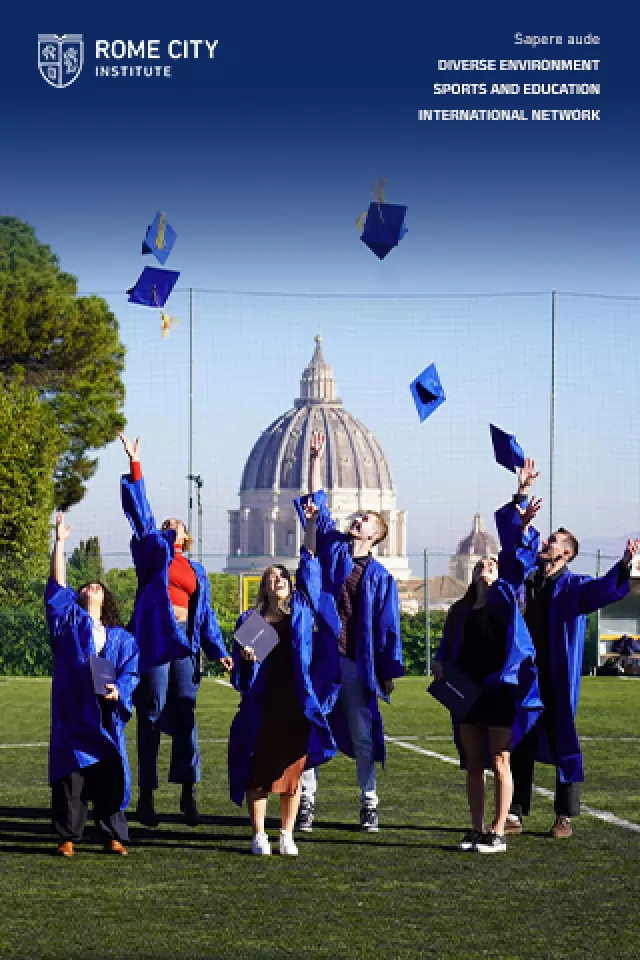Renzo Vespignani
29 June-18 Nov. A selection of paintings, drawings, illustrations and prints together with documents and photographs pay tribute to Renzo Vespignani ten years from his death. The beginning of the artist’s intense activity dates back to 1944 when he recorded the ravages of German-occupied Rome in realistic detail. He collaborated as a designer with many political-literary reviews done as poetic documentaries. After the war Vespignani contributed illustrations to political and literary journals, and his works were introduced to the US in 1948. He was one of the co-founders of the review Città Aperta and focused his work on life in the difficult areas of Rome’s periphery. A tireless illustrator, Vespignani illustrated the works of Boccaccio, Kafka and T.S. Eliot among others.
Review by Jacopo Benci
A decade after the death of Renzo Vespignani (Rome, 1924-2001), this exhibition traces the trajectory of an artist whose precocious blossoming was precipitated by the trauma of the bombing of Rome, the fall of fascism, and the German occupation in 1943-44. His paintings, engravings, drawings both bear witness to, and comment on Italian history, from the deprivation of the post-war period, to the contradictions of the reconstruction and the economic boom. Especially until the early 1960s, Vespignani’s visual language had an abrasive elegance and raging intensity – in dialogue with Grosz, Sironi, De Chirico, Rembrandt, Burri – that were valued by artists, intellectuals, filmmakers such as Visconti, Gio Ponti, Irene Brin, Antonioni, Pasolini, Petri.
His subjects shifted from the bombed sites, depopulated industrial cityscapes, freight yards of the 1940s, to the rise of suburban neighbourhoods in the 1950s, followed by the cars, prostitutes and other dwellers of the violent edges of the Dolce Vita, and later neocapitalism. But it would be a mistake to just look at the content of Vespignani’s works. The vehicles of his initial expressionism were a cutting drawing and etching mark and a thick impasto; from 1948, his painting became more naturalistic to comply with the precepts of realism. In the late 1950s he shifted again towards a more existentialist imagery, a more textured and bolder painting. From the 1960s on, he often looked outside Italy– to Bacon, Hockney, even Tobey – in his own personal way.
Like many Italian artists active in the most exhilarating, culturally advanced phase of the Italian 20th century, Vespignani needs revisiting. The thorough choice of works in this exhibition, curated by Valerio Rivosecchi and Netta Vespignani, provides an excellent opportunity to do so.
General Info
View on Map
Renzo Vespignani
Casino dei Principi, Musei di Villa Torlonia, Via Nomentana 70. For information tel. 060608. 09.00-19.00. Mon closed.
















